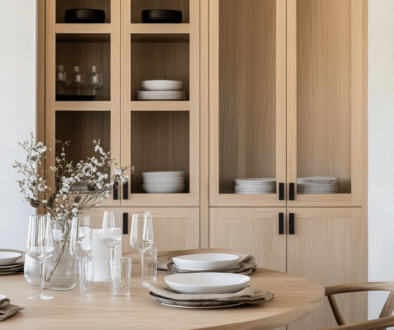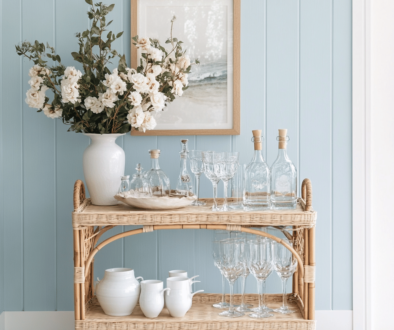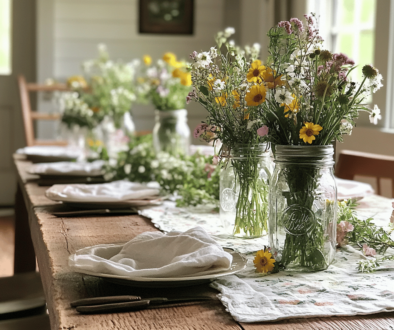Creating Conversation Areas: Tips for Your Living Room
I remember the first time I walked into my empty living room after moving into my new home. The blank canvas was both exciting and intimidating. Where should the sofa go? How could I make the space feel welcoming and encourage natural conversation? After years of experimenting with furniture arrangements and helping friends with their living spaces, I’ve learned that creating conversation areas is both an art and a science.
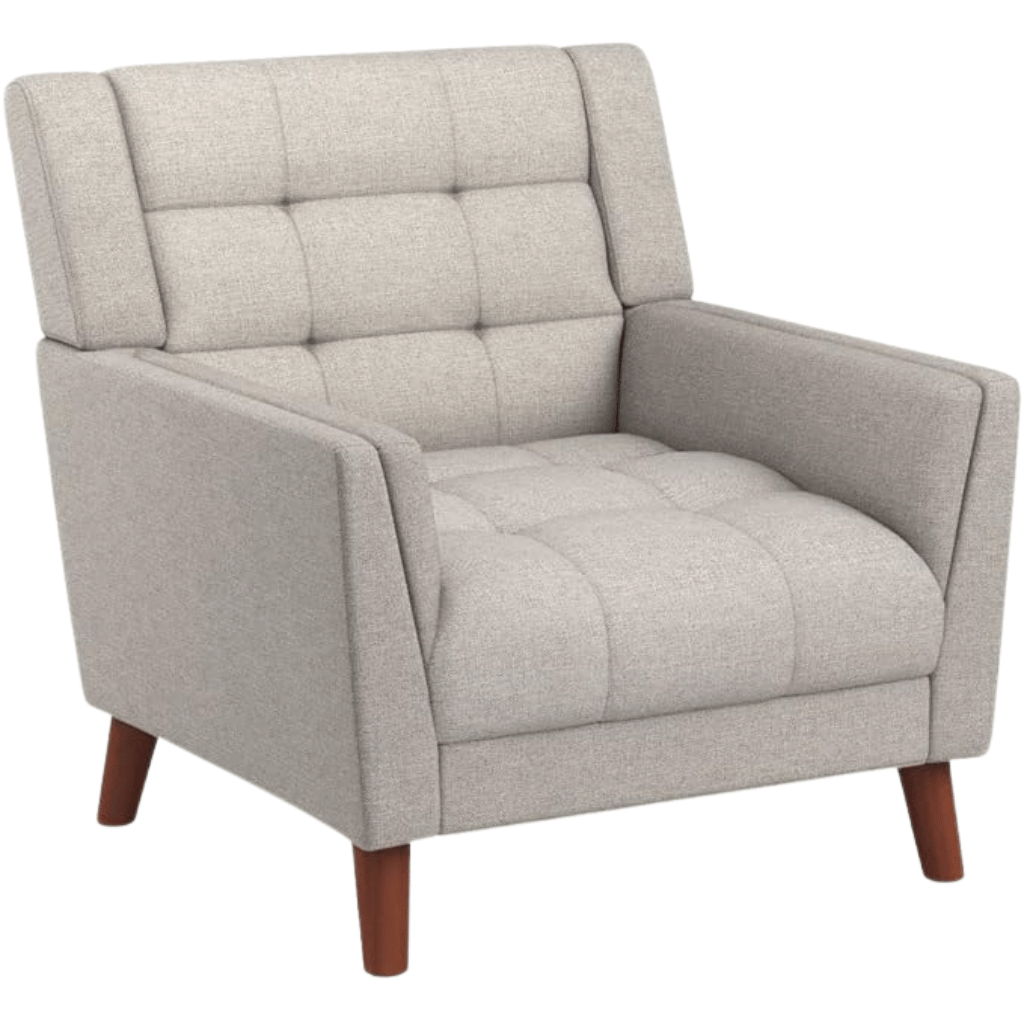

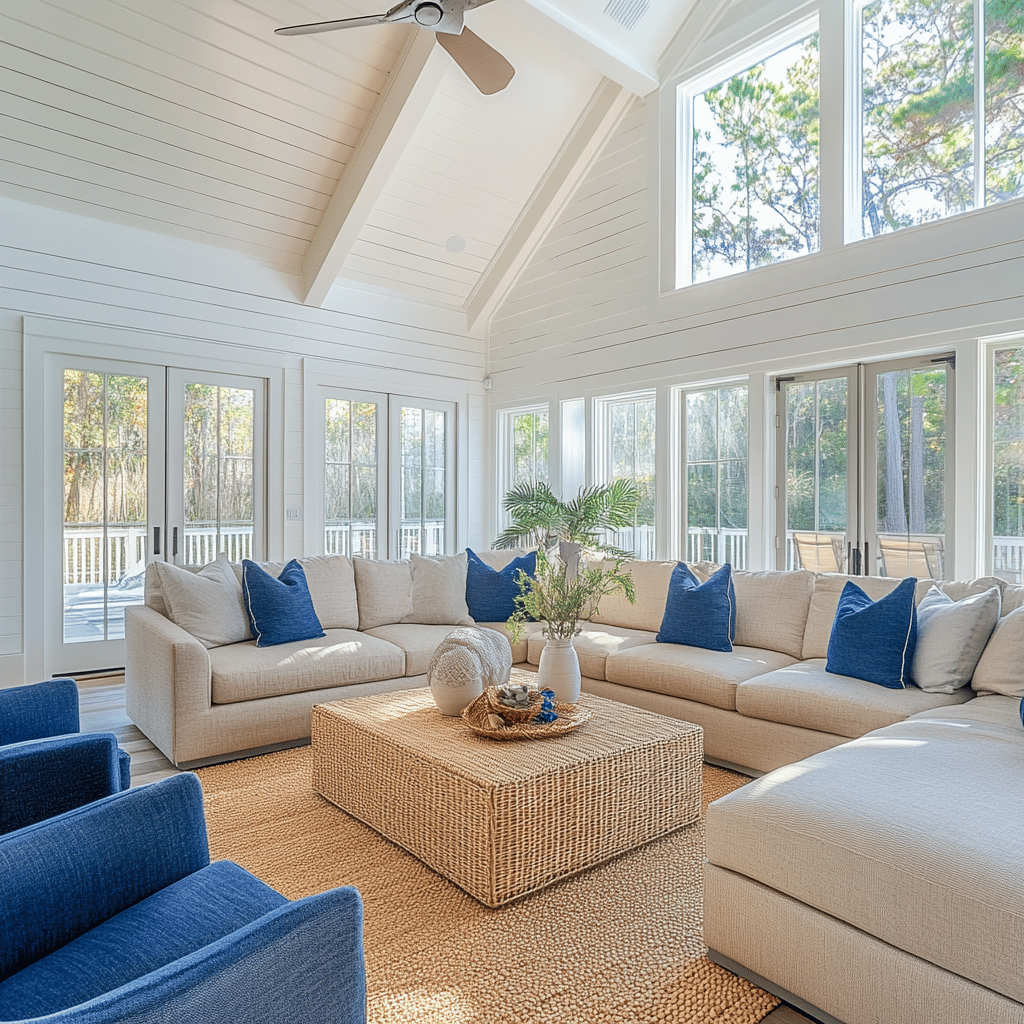
Why Conversation Areas Matter
Think about the last great party you attended. Chances are, people naturally gathered in small groups, engaged in animated discussions. That’s exactly what we want to recreate in our living rooms. A well-designed conversation area draws people in and makes them want to stay, chat, and connect.
I’ve found that the right furniture arrangement can transform an awkward space into a warm, inviting room where family and friends naturally gather. It’s not just about placing furniture—it’s about creating opportunities for meaningful interactions.

Starting with the Basic Principles
Before diving into specific arrangements, let’s talk about some fundamental principles I’ve discovered through trial and error. The key is to create groupings that make conversation easy and natural. Here’s what I’ve learned:
First, furniture pieces should face each other at comfortable angles. You want people to be able to make eye contact without craning their necks. I’ve noticed that arranging seating at 90- or 45-degree angles often works best. It creates a sense of intimacy while maintaining personal space.
Second, keep conversation distances in mind. In my experience, people should be seated no more than 8 feet apart to maintain comfortable conversation. Any further and you’ll find guests leaning forward or raising their voices to be heard.
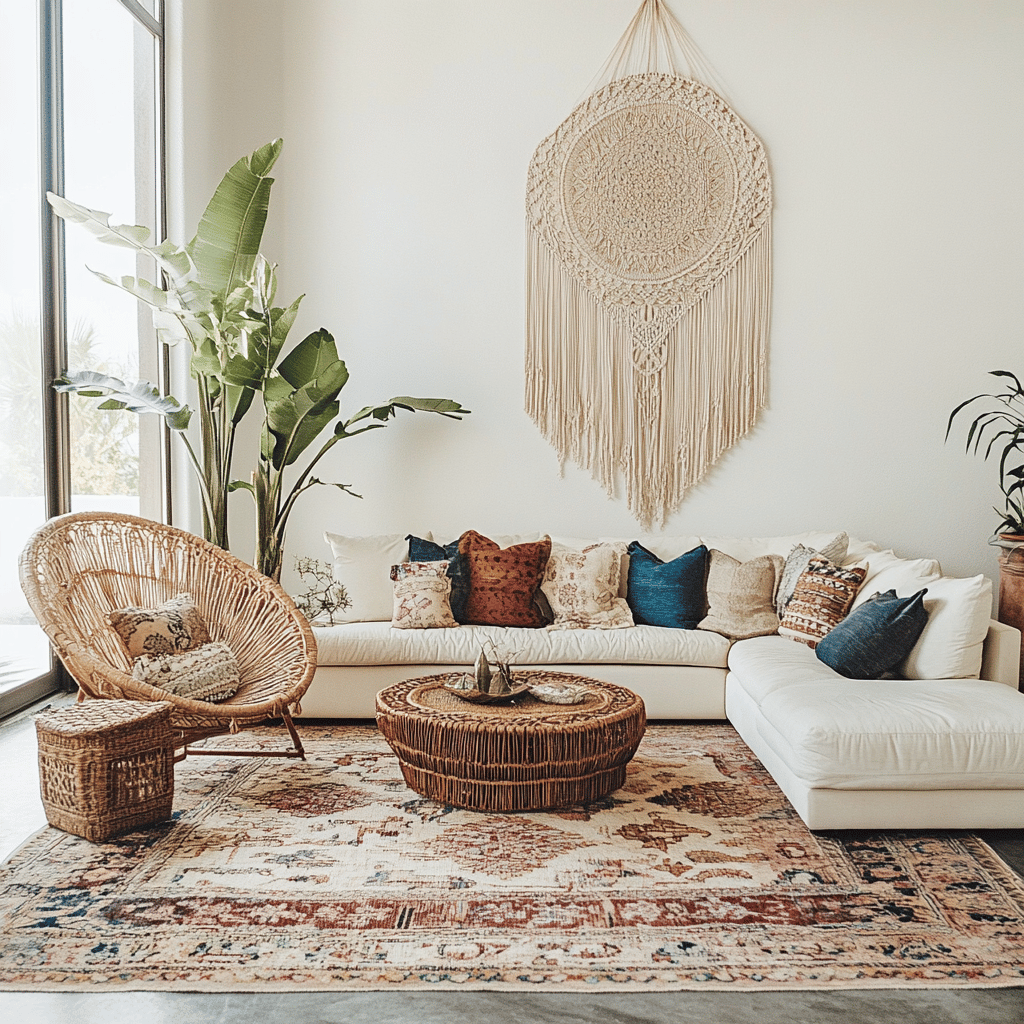
Creating Your Primary Conversation Area
The main conversation area is typically centered around your living room’s focal point. This might be a fireplace, a stunning view, or even a beautiful piece of art. Here’s how I approach setting it up:
Start with your sofa as the anchor piece. I like to position it facing the focal point, but not too close—usually about 8-10 feet away. This creates a natural pathway behind it and allows room for other seating options.
Next, add two chairs at complementary angles. I prefer using chairs that swivel or are light enough to move easily. This flexibility allows guests to adjust their position slightly to join different conversations. Remember, comfort is key. I once made the mistake of choosing gorgeous but rigid chairs, and guess what? No one wanted to sit in them for more than a few minutes.
A coffee table or ottoman can serve as the centerpiece of this grouping. I recommend keeping it about 18 inches from the seating—close enough to set down a drink, but far enough to allow comfortable movement. If space allows, add side tables between chairs for additional surface area.
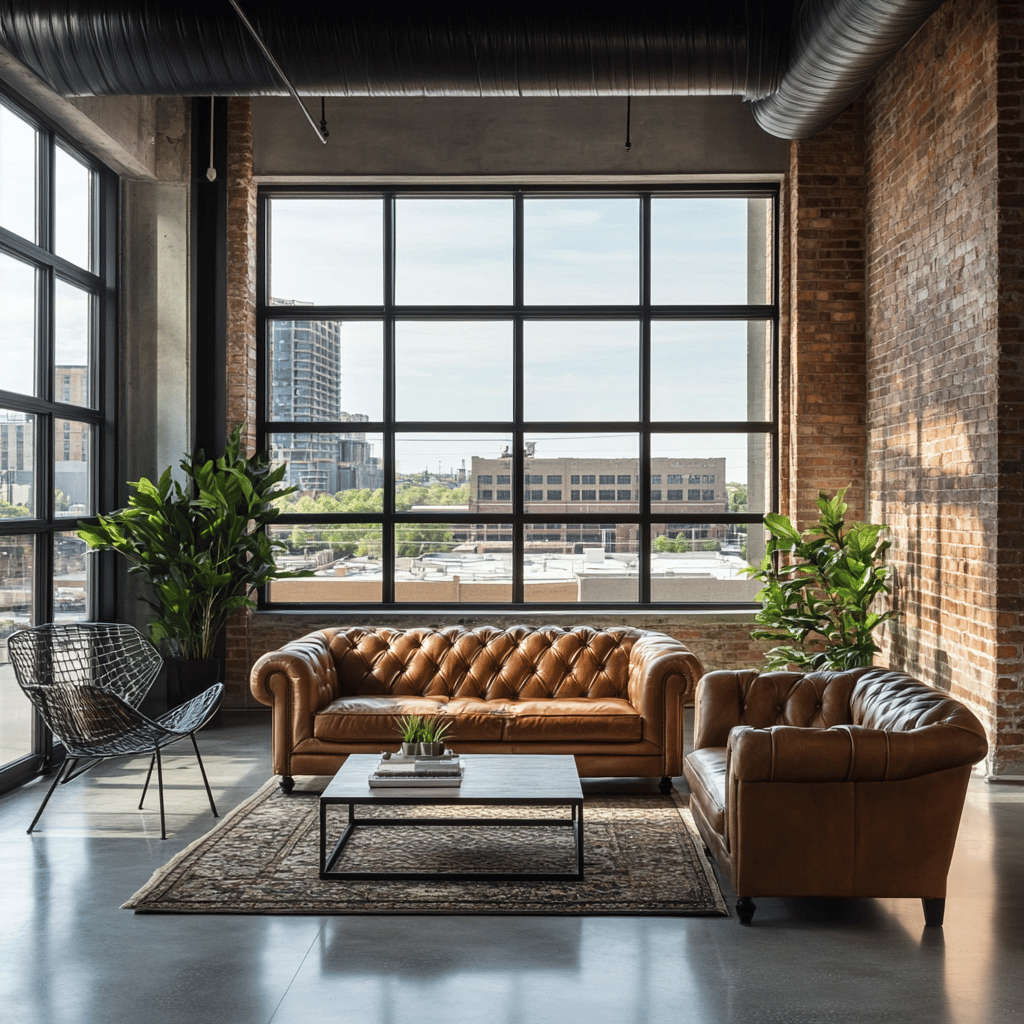
Secondary Conversation Areas
In larger rooms, I love creating secondary conversation areas. These more intimate spaces provide alternatives for quieter discussions or separate activities. Here’s how I approach them:
Consider placing a loveseat with a single chair in a corner, separated from the main seating area by a console table or plants. Or try two comfortable chairs with a small table between them near a window. These secondary groupings should feel connected to the main conversation area while maintaining their own identity.

Scale and Balance Matter
One of the biggest lessons I’ve learned is the importance of scale. Your furniture pieces need to work together proportionally. A massive sectional paired with tiny accent chairs creates an awkward imbalance. I always try to maintain similar seat heights across different pieces—it helps create visual harmony and keeps everyone at eye level.
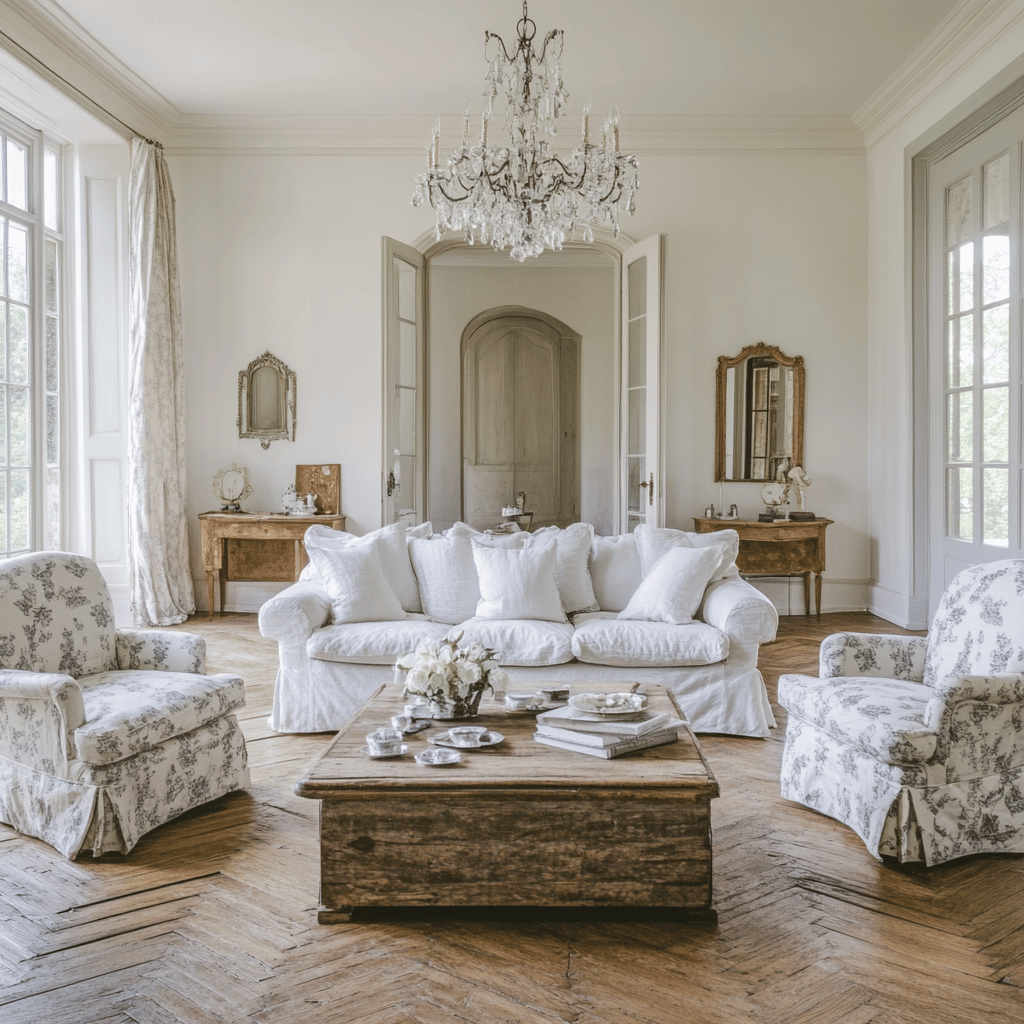
Flexible Furniture Arrangements
Life isn’t static, and your furniture arrangement shouldn’t be either. I’m a big fan of incorporating pieces that can be easily moved to accommodate different situations. Here are some of my favorite flexible solutions:
- Lightweight ottomans that can serve as extra seating or footrests
- Nesting tables that can be spread out when needed
- Small upholstered stools that can tuck under console tables
- Swivel chairs that can turn to face different areas of the room

Traffic Flow Considerations
Nothing kills conversation faster than awkward traffic patterns. I always ensure there’s at least 30 inches of walking space between furniture pieces. This allows people to move comfortably without disturbing ongoing conversations.
Pay special attention to entry points. You want clear paths from doorways to seating areas. I learned this lesson the hard way when I once placed a beautiful chair right in the natural path from the door to the sofa. It looked great but created a constant bottleneck.

Lighting Your Conversation Areas
Lighting plays a crucial role in creating inviting conversation spaces. I like to layer lighting at different heights:
Table lamps provide task lighting and create warm pools of light at eye level. Floor lamps can illuminate darker corners and add visual interest. And don’t forget about ambient lighting—dimming capabilities are worth their weight in gold for creating the right mood.

Common Mistakes to Avoid
Through years of experimenting and learning, I’ve identified several common mistakes:
Pushing all furniture against walls is a classic error. This creates a bowling alley effect and makes conversation difficult. Instead, float furniture pieces to create more intimate groupings.
Another mistake is forgetting about surface space. Every seat needs easy access to a surface for drinks or books. I learned this after hosting a party where guests were awkwardly holding their glasses all evening.

Adapting to Your Space
Remember, these aren’t rigid rules—they’re guidelines to adapt to your unique space. I’ve helped friends create conversation areas in everything from tiny apartments to sprawling great rooms. The principles remain the same, but the execution varies based on room size, shape, and architectural features.
In smaller rooms, consider using apartment-sized furniture and multi-functional pieces. A ottoman that serves as both coffee table and extra seating can be a game-changer. For larger spaces, create multiple conversation areas connected by consistent design elements.

Making It Personal
While following these guidelines, don’t forget to inject your personality into the space. I love incorporating special pieces that tell a story or spark conversation. Maybe it’s a vintage chair you restored or artwork from your travels. These personal touches make your conversation areas uniquely yours.
Testing and Adjusting
The true test of any furniture arrangement comes when people use it. I always encourage doing a test run. Sit in every seat. Try to have a conversation from different positions. Notice if you have to raise your voice or twist uncomfortably to make eye contact.
Don’t be afraid to make adjustments. Sometimes moving a piece just a few inches can make a significant difference in how the space functions. I often find myself tweaking arrangements several times before finding the perfect setup.
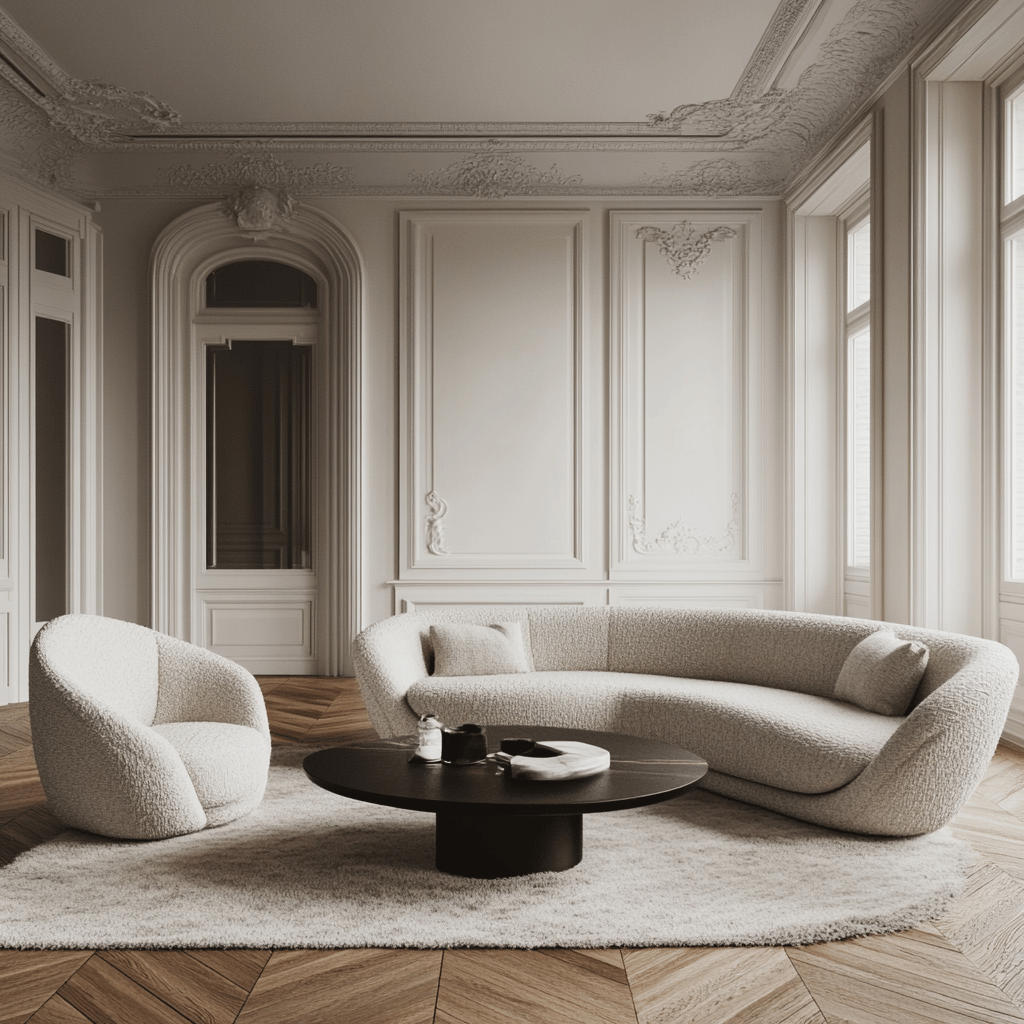
Final Thoughts
Creating effective conversation areas is about more than just furniture placement—it’s about understanding how people naturally interact and creating spaces that support those interactions. The best arrangements combine functionality with style, creating rooms that not only look beautiful but also truly work for the way we live and connect with others.
Remember, your living room should be more than just a pretty picture—it should be a space where memories are made, stories are shared, and connections are strengthened. By following these guidelines and adapting them to your unique space and needs, you can create conversation areas that naturally draw people together and keep them coming back for more.
Whether you’re starting from scratch or reworking an existing space, take your time to experiment and find what works best for you and your lifestyle. After all, the most successful conversation areas are those that reflect both the principles of good design and the personality of the people who use them.
If you love home decor and interior decorating as much as I do, check out these other articles I think you might like.
Top 11 Versatile Decor Items for Year-Round Kitchen Styling


